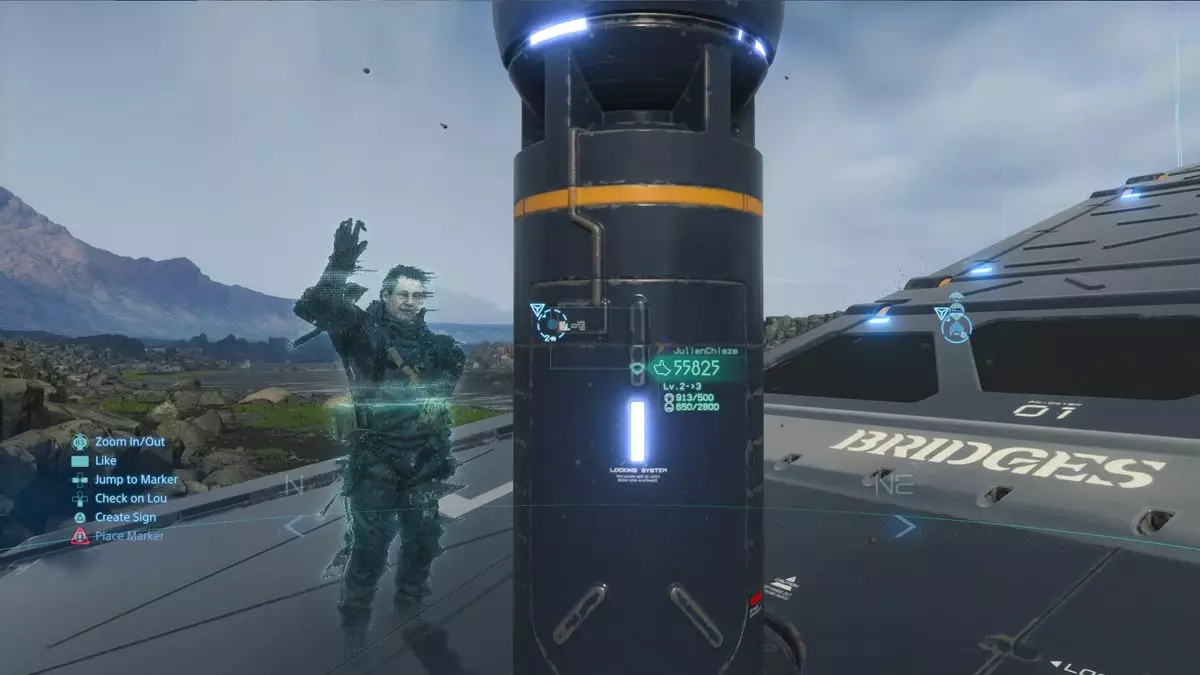Death Stranding, a game that merges elements of connectivity with adventure, incorporates a unique hologram system that players often encounter before they have access to it. As players progress through the narrative, the presence of these holograms raises questions about their purpose and utilization. It becomes crucial to understand how these holograms function within the game and how they can enhance your overall gameplay experience, transforming the barren landscapes into a more interactive environment.
To gain access to the holographic features in Death Stranding, players must engage with the game’s core mechanics: delivering cargo. The primary method for unlocking these visual rewards involves completing deliveries to various stations scattered throughout the expansive map. While some holograms become accessible through significant story advancements, the real treasure trove lies in leveling up interactions with the Preppers. Each successful delivery contributes to your progression, gradually revealing rewards, including holograms representing various characters from the game. It incentivizes players to deepen their involvement with the ecosystem of Preppers, as focusing on specific characters allows for a richer experience.
Once players have successfully unlocked holograms, the next phase involves integrating them into the game’s structures. Progressing through the main storyline eventually introduces the Player-Created Construction (PCC) system, which allows for the building of essential infrastructures like bridges and postboxes. Although the game presents a tutorial that covers the basic principles of constructing these buildings, it stops short of diving deeper into the customization process.
To embark on customizing your structures, one must ensure they’ve upgraded their creations to level two. This advancement is crucial because it opens the door for personalization. Engaging with the structure menu using the Options Button while near a built object leads to a range of enhancements. Players can add specific materials for upgrades, after which they can access the customization menu.
Navigating the Customization Menu
Upon entering the customization screen, players will encounter various tabs: Music, Voice, Holograms, and Rare Holograms. Each of these categories allows for diverging forms of flair to be added to the player’s structures. Choosing a hologram is particularly engaging as it allows you to select a specific character representation, creating a connection to the narrative and adding a layer of personality to your constructed items.
However, players must make strategic decisions as selecting a hologram prevents music from playing simultaneously on that structure. This adds a tactical dimension to customization; whether to evoke an emotional response through a beloved character or provide a lively musical backdrop to an isolated point within the game world is an essential consideration in sharing those moments with others.
The Impact of Holographic Integration
The incorporation of holograms into Death Stranding not only enhances the gameplay but also serves a more significant narrative purpose. These holographic manifestations of characters act as reminders of the narrative threads connecting players across their solitary journeys. They invite exploration and curiosity, encouraging players to craft unique experiences and share them with others traversing the same world.
As players encounter these holograms, there’s a reflective quality to the engagement they foster. Whether you’re greeted by an iconic character or an upbeat musical number, the emotional landscape of Death Stranding shifts, marking interactions that resonate beyond mere gameplay mechanics.
The hologram customization system in Death Stranding stands as a testament to the game’s emphasis on connection and interaction. By understanding how to unlock, integrate, and personalize holograms, players enhance their journey while contributing to the shared experience of navigating the game’s complex world. As one immerses deeper into Death Stranding, the hologram system emerges as a captivating layer that fosters a sense of community, even in solitude.

